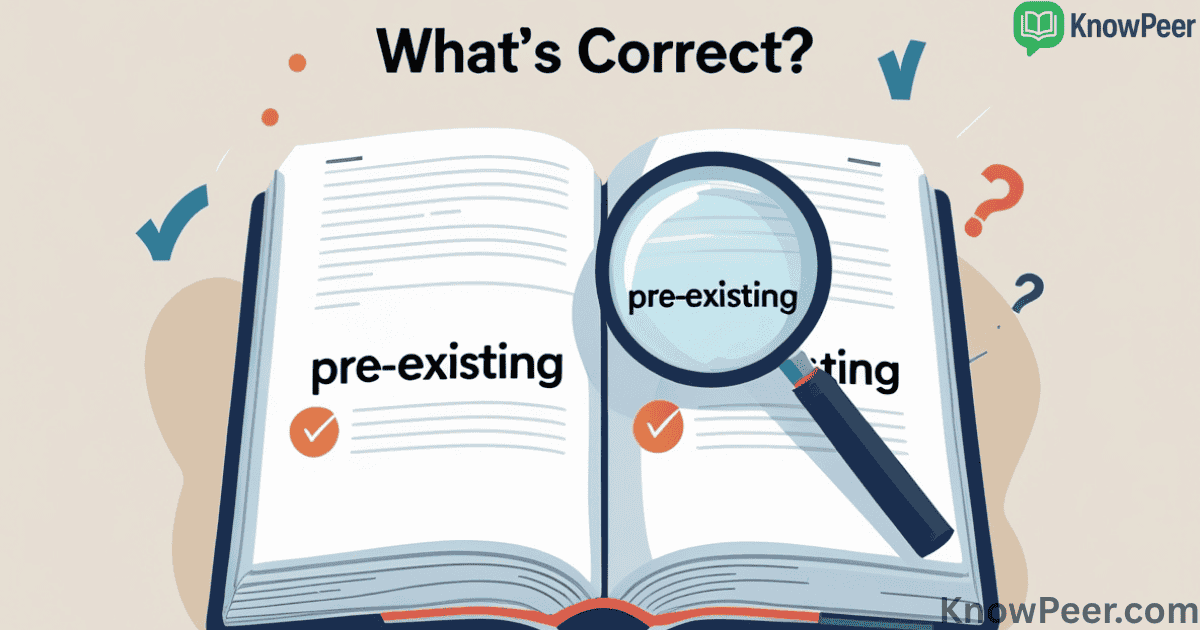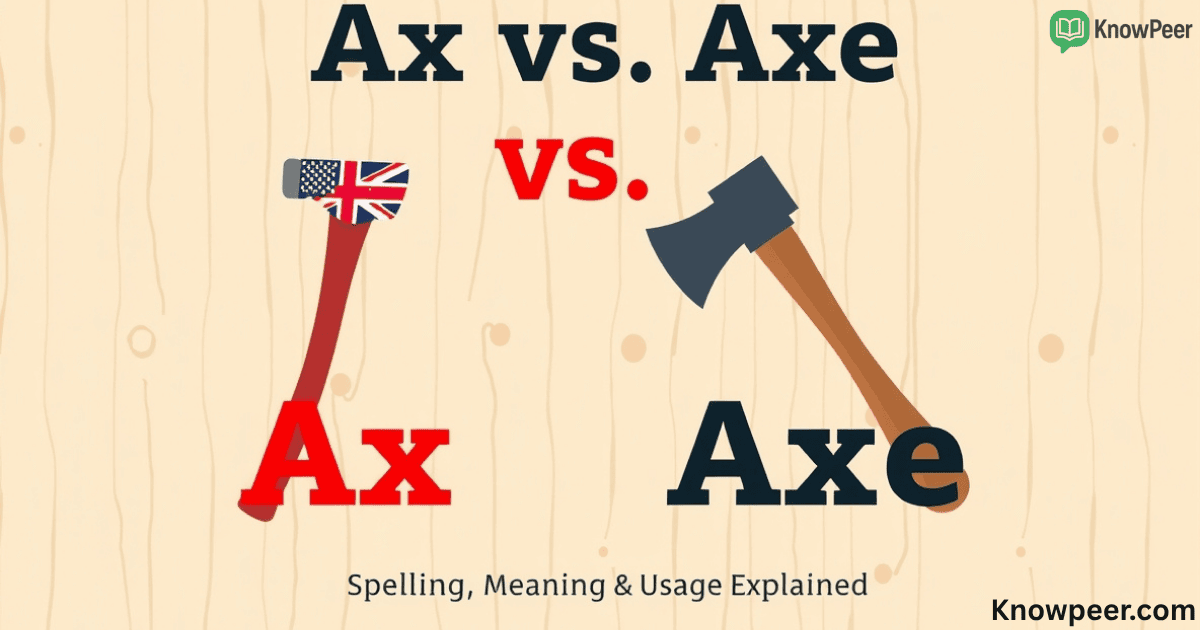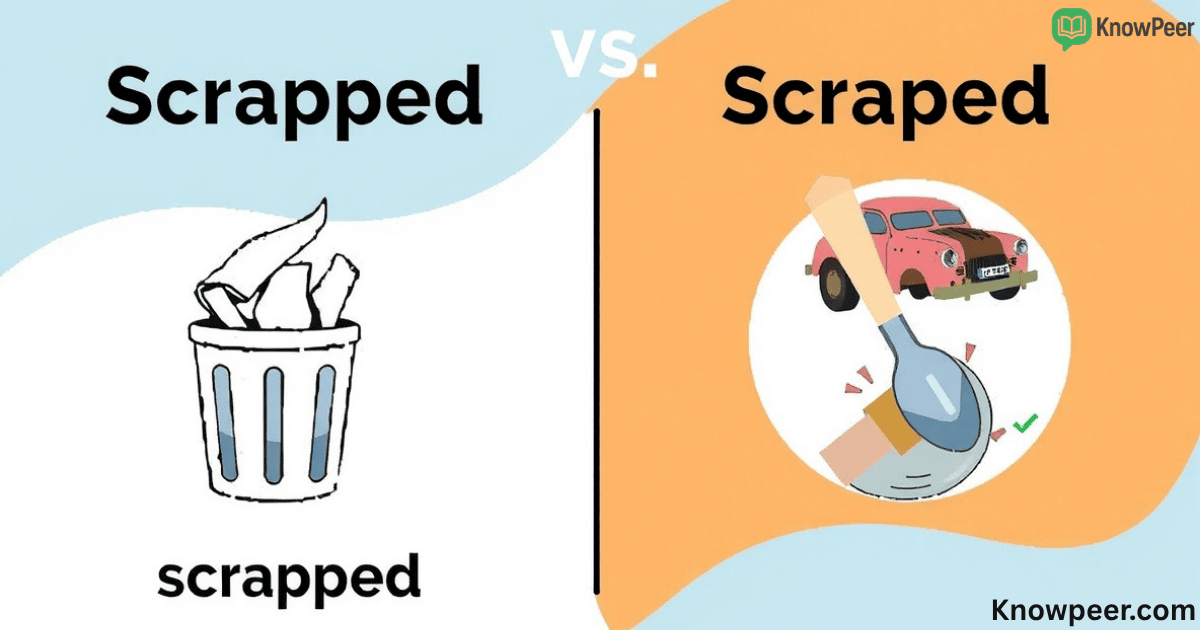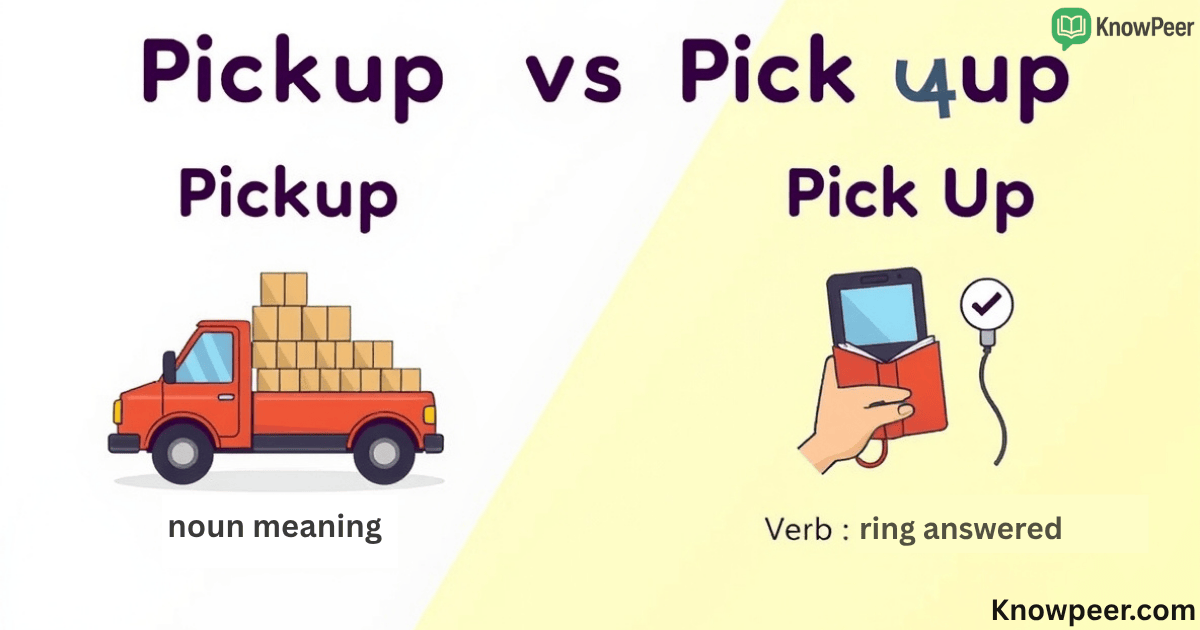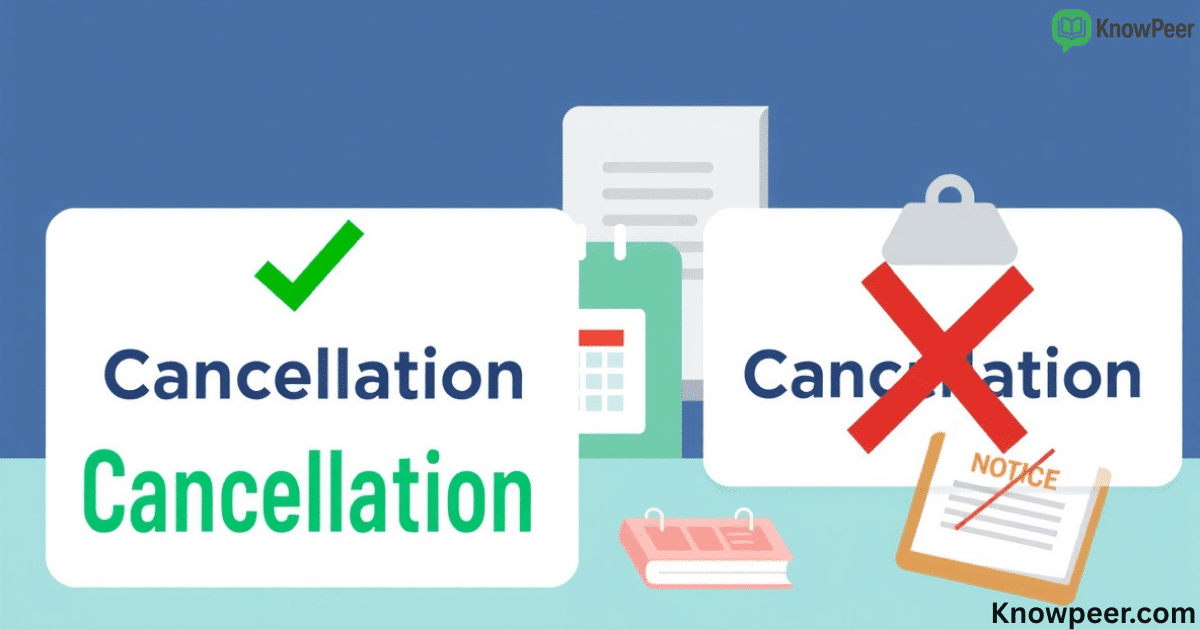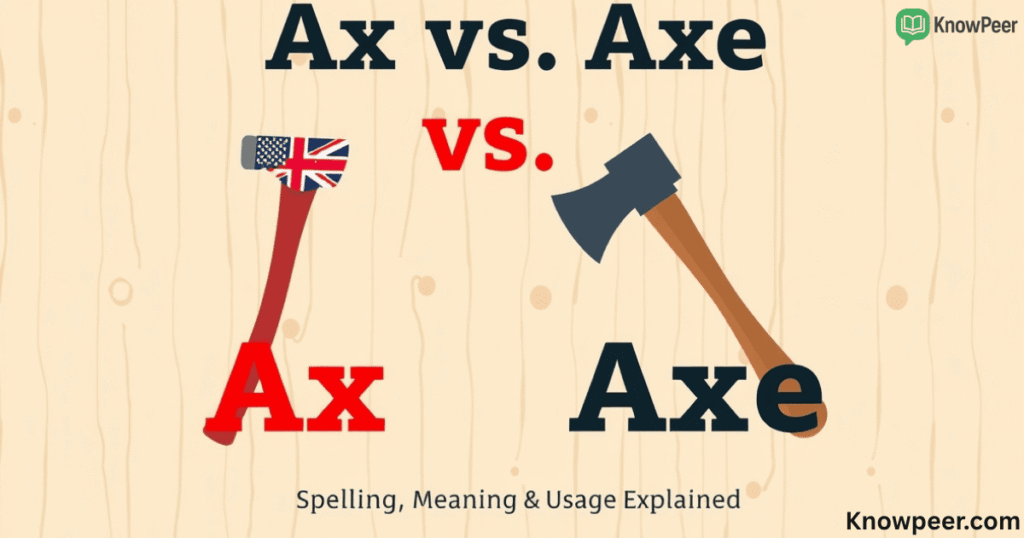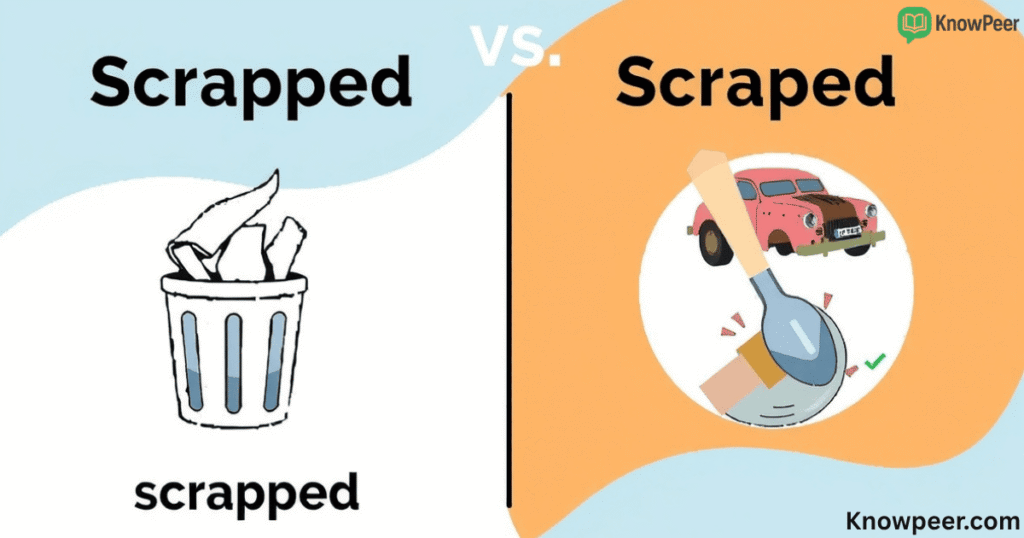People often ask, “Should I write pre-existing or preexisting?” It may seem like a small thing, but the hyphen can make a big difference Pre-Existing vs Preexisting, especially in writing that needs to be clear and easy to understand. You might see both versions in books, websites, or even health and legal papers. So, which one is correct?
The truth is—both are correct. But which one you choose depends on where you’re using it and who your readers are. Some guides prefer the hyphenated form (pre-existing), while others say preexisting is fine. This article will explain the difference, why people are confused, and how to pick the right one for your writing.
Why Pre-Existing vs Preexisting Still Confuses Everyone
The confusion between pre-existing and preexisting continues to challenge writers, editors, and even professionals. This issue stems from the way the English language treats compound words and the evolution of hyphenation rules in English. Historically, hyphens were used to avoid misreading or confusion, especially when prefixes like “pre-” were added to root words. Over time, as readers became more familiar with these combinations, the hyphen began to fade from usage. Yet both forms remain in circulation today, and neither has been universally rejected.
This dual usage causes uncertainty across different types of writing. For example, in the field of health insurance terminology, the term pre-existing condition is widely used in documents related to the Affordable Care Act. The hyphen here improves clarity and helps ensure the term is understood as a single idea. On the other hand, digital writers and content creators often use preexisting without the hyphen to maintain a modern and clean style. It’s not just about grammar—it’s also about audience expectations, platform formatting, and readability Pre-Existing vs Preexisting. That’s why this question—“Is it correct to say preexisting or pre-existing?”—is more than just a grammar debate. It reflects how English continues to adapt to changing communication needs. From legal texts to blog articles, the choice between these two forms reveals how flexible and user-driven modern English has become.For example, in legal writing, you’ll often find the hyphenated form because clarity is key. In contrast, digital content writers or bloggers may prefer the simpler, closed compound form: preexisting. That’s why this isn’t just a grammar issue—it’s about how people read, understand, and interact with language in different contexts.
Breaking Down the Rules Behind Prefixes and Hyphens
To understand why people say preexisting or pre-existing, we need to look at how prefixes and hyphens work in English. A prefix is a group of letters added to the beginning of a word to change its meaning Pre-Existing vs Preexisting. For example, the prefix “pre-” means “before.” So, when we say preexisting, we’re talking about something that was already there.
Now, when you add a prefix to a word, sometimes you need a hyphen to make the word easier to read. That little dash between the words is called a hyphen. It helps stop confusion. For instance, without a hyphen, preexisting might be hard to read for some people, especially if they’re not familiar with the word. That’s why you sometimes see pre-existing with a hyphen—to make the meaning clearer.
Different style guides give different rules about hyphens. The Chicago Manual of Style says to use a hyphen if not using one makes the word hard to read. The AP Stylebook usually prefers hyphens in news or formal writing. Dictionaries like Merriam-Webster show both versions as correct.
Today, many people skip the hyphen when writing online because it looks simpler and cleaner. But when writing something formal or important, using the hyphen can help avoid mistakes or confusion. That’s why it’s important to know the rules—and when it’s okay to break them for easier reading.
So, Which Is Correct: Pre-Existing or Preexisting?
The answer depends on what you’re writing. If you’re doing a school report, a health article, or anything serious, pre-existing might be better. It makes the meaning clear. It also follows old grammar rules and most formal style guides.
But if you’re writing something online—like a blog, product review, or social post—preexisting is easier to read and better for SEO. Search engines sometimes treat pre-existing and preexisting as different words. So, using the version without the hyphen might help your content show up more in searches.
Also, tools like Grammarly often suggest using preexisting unless it causes confusion. It’s not wrong. It’s just more modern.
Real-World Use Cases and Contextual Examples
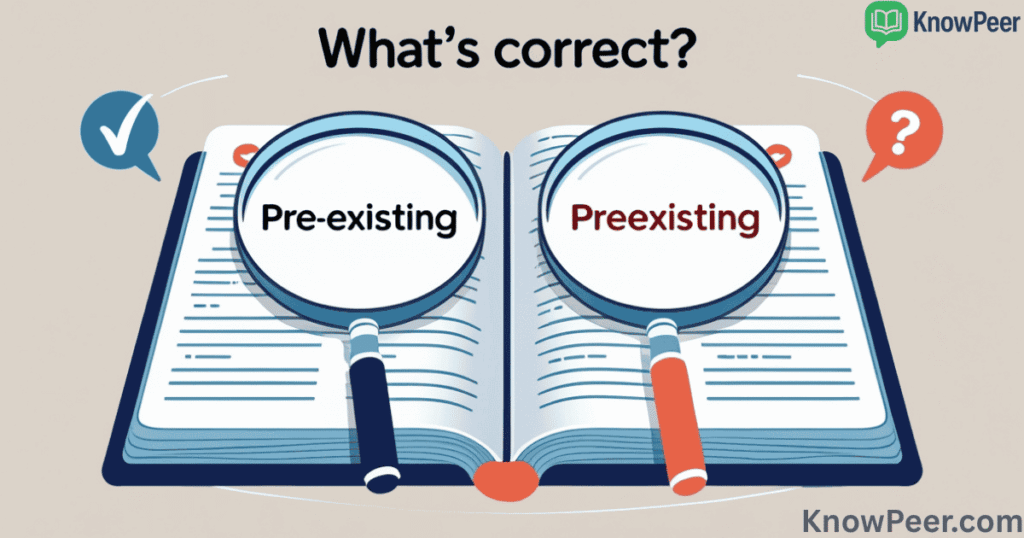
You’ve seen both pre-existing and preexisting, but where and how are they used in real life? Let’s look at a few common examples that show when one form is better than the other.
In legal papers or health insurance documents, the hyphenated version—pre-existing—is almost always used. For example, the term “pre-existing condition” is a big part of health laws like the Affordable Care Act. The hyphen helps make the meaning clear. It tells the reader that the condition already existed before something, like signing up for health insurance. In this kind of serious writing, clarity matters most, so the hyphen stays.
On the other hand, when people write blogs, news articles, or social media posts, they often go with preexisting. It’s faster to type and easier to read online. Hashtags like #preexistingcondition are more common because people don’t use hyphens in hashtags. This is where style and ease of reading are more important than following old grammar rules.
The word also shows up in school reports, medical articles, and technology guides. Some use the hyphen, and some don’t. That’s why you see both forms almost everywhere. What’s important is picking the one that fits your readers and the kind of writing you’re doing.
So next time you’re unsure, think about where your writing will appear and who’s going to read it. That will help you choose the right form Pre-Existing vs Preexisting.
Pros, Cons, and How to Decide Which Form to Use
Using the hyphenated form—pre-existing—can make your writing clearer. It shows the reader that the word is made of two parts. This is important in health, legal, and formal writing, where getting the meaning right really matters. It’s also the form that many old-school grammar guides recommend.
On the other hand, preexisting is cleaner and more modern. It’s easier to type, looks better online, and works well for SEO. Many grammar tools also support it. But remember—if there’s even a small chance someone might misunderstand, use the hyphen.
- Is the reader used to formal writing?
- Is this for a website or a legal document?
- Will the hyphen help avoid confusion?
Related Words That Follow the Same Pattern
There are other words just like preexisting that follow the same grammar rule. They are also made with prefixes and can be tricky with or without hyphens. For example:
| Word | With Hyphen | Without Hyphen | Use Case |
| Re-enter | Re-enter | Reenter | Hyphen avoids confusion |
| Co-owner | Co-owner | Coowner | Hyphen is clearer |
| Pre-approval | Pre-approval | Preapproval | Both are okay in modern use |
| Re-evaluate | Re-evaluate | Reevaluate | Both are common now |
| Co-operate | Co-operate | Cooperate | UK uses hyphen, US often doesn’t |
These examples show how English changes over time. Some older forms keep the hyphen, but newer writing often drops it if the meaning is still clear. It’s part of how language grows and gets easier to use.
Final Verdict: Choose Based on Audience, Not Just Rules
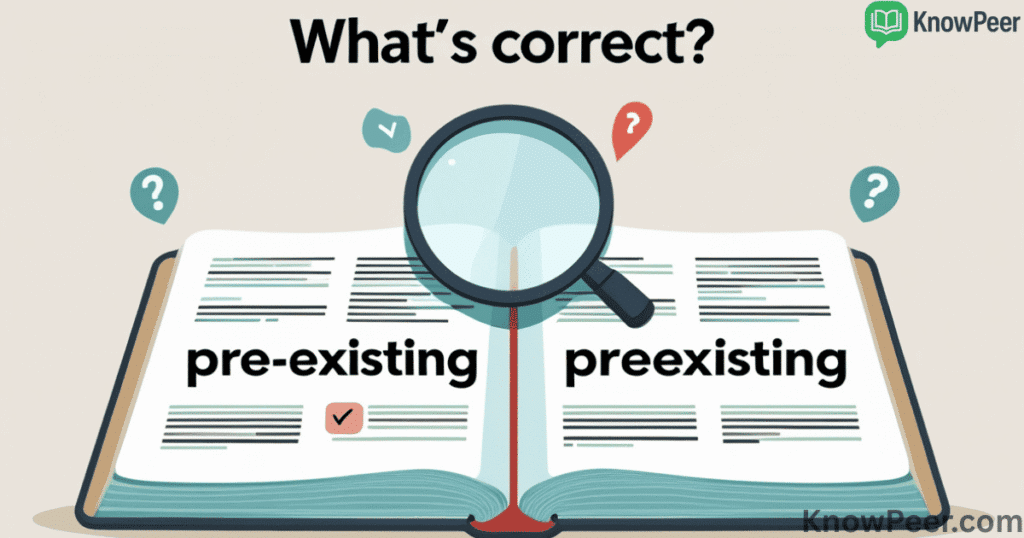
So, what’s the best choice—preexisting or pre-existing? The answer is: It depends on your audience.
If you’re writing for a legal group, health insurance company, or formal reader, use pre-existing. It’s clear and follows the rules. If you’re writing for a blog, social media, or website, use preexisting. It’s faster, simpler, and more modern.
The most important thing is that your writing is easy to understand. Your reader should never have to guess what you mean. That’s why thinking about your audience is always more important than just following rules.
Tools and Resources to Stay Consistent
To make sure you use the right form every time, use tools that check grammar and style. These tools help you spot mistakes and keep your writing smooth.
Grammarly is great for spotting when a hyphen is needed. It often suggests preexisting for modern writing unless it causes confusion. Hemingway Editor helps you keep things short and easy to read. LanguageTool works with many languages and style choices. It’s perfect if you’re writing for a global audience.
Style guides also help. The Chicago Manual of Style and AP Stylebook both explain when to use hyphens. Merriam-Webster and Oxford dictionaries list both forms. Use these to stay up to date.These tools make writing easier and keep your grammar strong.
Conclusion
In the end, both forms are correct. The key is to choose the one that works best for what you’re writing.Use pre-existing when clarity is a must, like in health or law. Use preexisting when writing online, where things need to be quick and easy to read. Grammar rules are helpful, but your reader is more important.
The best writing is the kind your readers understand right away.
